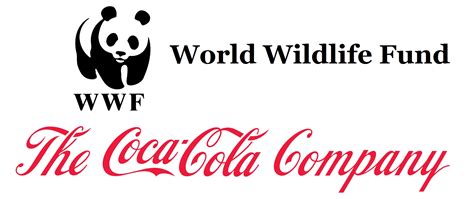World Wildlife Fund TV commercial - A World Without Tigers
Advertisers
Advertisers of the World Wildlife Fund TV Spot, 'A World Without Tigers'
World Wildlife Fund
The World Wildlife Fund (WWF) is a global non-profit organization dedicated to conserving the world's most vulnerable species and ecosystems. With a vision to create a future where people and nature t...
What the World Wildlife Fund TV commercial - A World Without Tigers is about.

Title: A World Without Tigers: A Powerful TV Spot by World Wildlife Fund
Introduction:The World Wildlife Fund (WWF) has consistently used impactful television campaigns to raise awareness about the critical importance of conserving the planet's biodiversity. One memorable TV spot created by WWF is titled "A World Without Tigers." This moving advertisement showcases the devastating consequences of losing one of the world's most iconic and endangered species – the tiger. With its powerful imagery and thought-provoking message, this TV spot aims to inspire viewers to take action and protect these majestic creatures and their habitats.
Body:
1. Setting the Stage:The TV spot begins with a breathtaking aerial shot of a lush and vibrant forest bathed in golden sunlight. As the camera gracefully swoops down, we glimpse into the dense foliage and catch a glimpse of a magnificent tiger prowling stealthily through its natural habitat. The visual elements immediately draw viewers into the richness and beauty of the tiger's environment.
2. A World Out of Balance:The scene abruptly transitions to a desolate and barren landscape, where the forest has been replaced by scorched earth and lifeless terrain. The absence of the once-thriving ecosystem is deeply felt as the camera pans across this wasteland. The voiceover begins, conveying a sense of loss and sadness as it highlights the consequences of a world without tigers.
3. Imbalance in the Ecosystem:Next, the TV spot dives deeper into the repercussions of tiger extinction on the ecosystem. The camera zooms in on the remains of fallen trees and explains that without tigers to regulate animal populations, herbivorous species such as deer and boars multiply uncontrollably, devouring all vegetation in their path. This leads to a subsequent collapse of the delicate balance within the ecosystem.
4. Cascading Effects:The TV spot further explores the cascading effects of tigers' disappearance. It shows how losing this apex predator disrupts the entire food chain. With the absence of tigers, the population of smaller predators like wild dogs and hyenas increases, threatening other vulnerable species. These changes in the natural order ultimately affect human communities residing near these ecosystems.
5. A Call to Action:As the visuals paint a grim picture of a world without tigers, the TV spot takes a turn towards positivity and empowerment. The camera zooms in on a group of determined conservationists working passionately to protect the remaining tigers and restore their habitat. The voiceover emphasizes the importance of collective action, urging viewers to join the WWF in their efforts to save these majestic creatures from the brink of extinction.
Conclusion:
"A World Without Tigers," a TV spot by World Wildlife Fund, effectively raises awareness about the devastating impact that the loss of tigers would have on our planet. Through gripping imagery, the advertisement conveys the broader ecological consequences and emphasizes the urgent need for conservation action. By highlighting both the consequences and the hope that comes with collective efforts, the TV spot encourages viewers to support the WWF and take an active role in preserving the world's endangered species. Indeed, it is a testament to the power of visual storytelling in generating empathy and driving positive change for our planet and its inhabitants.
World Wildlife Fund TV commercial - A World Without Tigers produced for World Wildlife Fund was first shown on television on May 22, 2023.
Frequently Asked Questions about world wildlife fund tv spot, 'a world without tigers'
Videos
Watch World Wildlife Fund TV Commercial, 'A World Without Tigers'
We analyzed TV commercials placed on popular platforms and found the most relevant videos for you:
Actors
Actors who starred in World Wildlife Fund TV Spot, 'A World Without Tigers'
TV commercials
Similar commercials













